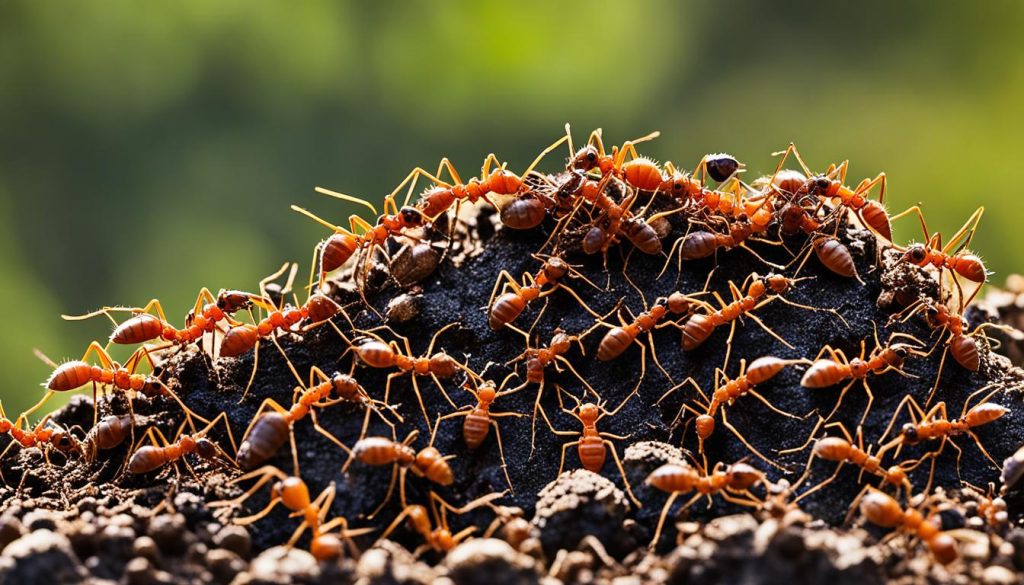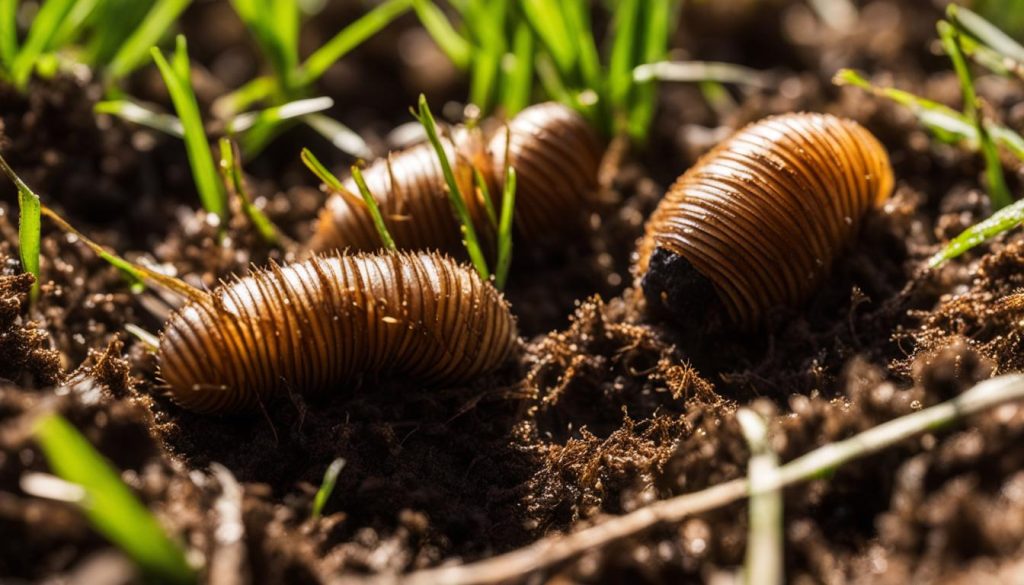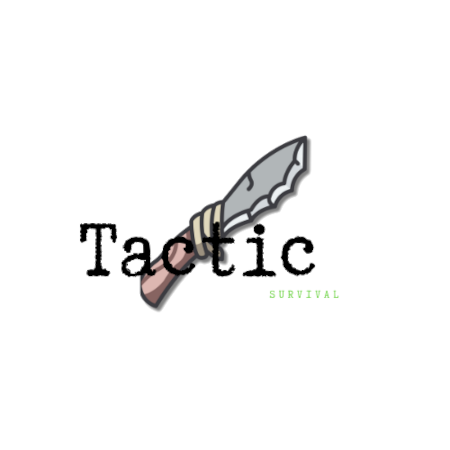Did you know that edible insects are a sustainable source of food in the wilderness? These tiny creatures, often overlooked, can provide a vital means of sustenance when other options are scarce. Not only are they abundant, but they are also packed with essential nutrients like protein, fat, and vitamins. Insects such as grasshoppers, crickets, ants, termites, grubs, woodlice, and even scorpions can be safely consumed in survival situations. With the right knowledge and skills, edible insects can be a valuable food source in the wild.
Key Takeaways:
- Edible insects are a sustainable and nutritious food source in the wilderness.
- Insects like grasshoppers, crickets, ants, termites, grubs, and woodlice are rich in protein.
- Knowing how to catch, prepare, and cook edible insects is crucial for survival.
- Cooking insects thoroughly helps minimize the risk of parasites.
- Exploring entomophagy (the consumption of insects) can open up new possibilities for sustainable food options in nature.
Grasshoppers and Crickets as Food Sources in the Wilderness
When it comes to survival in the wilderness, finding sustainable food options can be a challenge. However, one often overlooked source of nutrition is right at our feet – edible insects. In particular, grasshoppers and crickets are abundant in many wilderness environments and can be excellent sources of protein.
These small creatures are packed with nutrients, including protein, vitamins, and minerals, making them valuable foragers. Grasshoppers and crickets can be found in various habitats such as tall grasses, shrubs, trees, and even under rocks or logs, making them easily accessible for those in need of sustenance.
Foraging for Grasshoppers and Crickets
Catching grasshoppers and crickets can be done in several ways. One method is to use your hands to catch them individually. Another effective technique is to utilize a wool blanket or flannel shirt. Simply spread the fabric on the ground, and as the insects jump, they will be captured.
It’s important to note that not all species of grasshoppers and crickets are suitable for consumption. Stick to familiar species and avoid brightly colored insects, as they may be toxic.
Preparing and Cooking Grasshoppers and Crickets
Once you have caught your grasshoppers or crickets, it’s time to prepare them for eating. Start by removing their heads and entrails. This can be achieved by firmly holding the insect and gently twisting the head to detach it. Next, make an incision along the belly and remove the internal organs.
To maximize the nutritional benefits and minimize the risk of parasites, it is crucial to cook grasshoppers and crickets thoroughly. One cooking method is to roast them over a fire. Skewer the insects on a stick and hold them over the flames until they are crispy and golden brown. Alternatively, you can dry roast them in a pan until they achieve a similar texture.
Eating insects in the wilderness may be unconventional for many people, but it’s important to remember that insect protein is a valuable and sustainable source of nutrition. By embracing the practice of entomophagy and learning how to forage and cook grasshoppers and crickets, you can expand your food options and increase your chances of survival in the wild.
Ants and Termites as Edible Insects in the Wild
When it comes to finding food sources in the wild, ants and termites are two insects that can provide sustenance in a survival situation. Not only are they easily found in various environments, but they also offer a range of benefits that make them valuable additions to a wilderness diet.
Ants, in particular, are abundant and can be found virtually anywhere. They are safe to eat and can be caught using a simple technique – luring them with a stick and collecting them in water. This method allows for easy gathering of these tiny creatures, paving the way for a potentially plentiful food source.

Once collected, ants can be cooked to eliminate any potential parasites they may carry. Boiling them for a few minutes is a reliable method to ensure their safety for consumption. The resulting cooked ants can be incorporated into various dishes or eaten on their own.
Termites, on the other hand, offer a different yet equally valuable contribution to the edible insect repertoire. These insects can be found in rotting logs, making them a prime target for foraging. Termites are a good source of protein, which is essential for maintaining energy levels in a survival situation.
Quote: “Insects have the potential to be a sustainable and protein-rich food source in the wild.” – Entomophagy Research Institute
To prepare termites for consumption, they can be roasted in a dry pan until they become crispy. This cooking method not only enhances their flavor but also helps to neutralize any potential parasites. Compared to other insects, termites are less likely to carry harmful organisms, making them a safer option for entomophagy enthusiasts.
Comparison of Ants and Termites as Edible Insects
| Ants | Termites | |
|---|---|---|
| Abundance | Found anywhere | Common in rotting logs |
| Method of Capture | Luring with a stick and collecting in water | Foraging in rotting logs |
| Protein Content | Moderate | High |
| Cooking Method | Boiling to eliminate parasites | Roasting until crispy |
The table above provides a quick comparison between ants and termites as edible insects in terms of their abundance, capture methods, protein content, and preferred cooking techniques. While both insects offer their own unique advantages, they contribute to the overall goal of utilizing diverse and sustainable food sources in the wild.
Grubs and Woodlice as Nutritious Insects in Survival Situations
In survival situations, knowing which insects are safe to eat can provide a valuable source of nutrition. Grubs, the larval stage of beetles, are not only abundant in nature but also highly nutritious. They can be found in various locations such as rotting logs, under rocks, or in leaf litter. Rich in protein and fat, grubs offer a satisfying meal for those venturing into the wilderness.
To prepare grubs for consumption, it is essential to cook them thoroughly. Skewering them on a stick and roasting them over a fire is a popular method that ensures they are safe to eat. The high heat not only kills any potential parasites that grubs may carry but also gives them a delightful crispy texture. This method of cooking enhances the flavor and makes grubs more palatable.
Woodlice, also known as sow bugs or pill bugs, are crustaceans that can be another valuable food source in survival situations. They can be found by simply overturning rocks or logs, making them easily accessible. Woodlice have a flavor reminiscent of shrimp, making them a tasty option for wilderness meals.
While woodlice are generally safe to eat, it is advisable to boil them before consuming. Boiling helps remove any potential parasites they may carry and ensures that they are safe for consumption. Once boiled, woodlice can be enjoyed on their own or incorporated into dishes to add a unique taste.
When it comes to entomophagy in nature, grubs and woodlice offer not only sustenance but also an opportunity to explore the culinary richness of the wild. The multitude of flavors and textures provided by these insects can make survival situations more manageable and even enjoyable.
Grubs and Woodlice Nutritional Comparison
| Insect | Protein Content (per 100g) | Fat Content (per 100g) | Vitamin Content (per 100g) |
|---|---|---|---|
| Grubs | 14g | 5g | Vitamin B12: 135% RDA |
| Woodlice | 9g | 2g | Vitamin C: 10% RDA |

Conclusion
In conclusion, edible insects provide a sustainable and nutritious food source for survival in the wilderness. These incredible creatures are abundant, packed with protein, and can be easily caught and prepared for consumption. Whether it’s grasshoppers, crickets, ants, termites, grubs, or woodlice, there is a wide variety of edible insects that offer essential nutrients needed to thrive in the wild.
While it is true that some insects may carry parasites, taking the time to cook them thoroughly significantly reduces the risk. By roasting, boiling, or skewering these insects over a fire, you can ensure their safety and enjoy their unique flavors. Embracing the practice of entomophagy, the consumption of insects, not only expands our sustainable food options in nature but also promotes a more ecologically balanced and resilient ecosystem.
So, the next time you find yourself in a wilderness survival situation, consider the numerous benefits of entomophagy and the vast array of edible insects available. From their abundance in nature to their high nutritional value, these sustainable food options can make a significant difference in your ability to sustain yourself in the wild. Join the growing community of adventurers and nature enthusiasts who are embracing edible insects as a valuable resource for wilderness survival.
